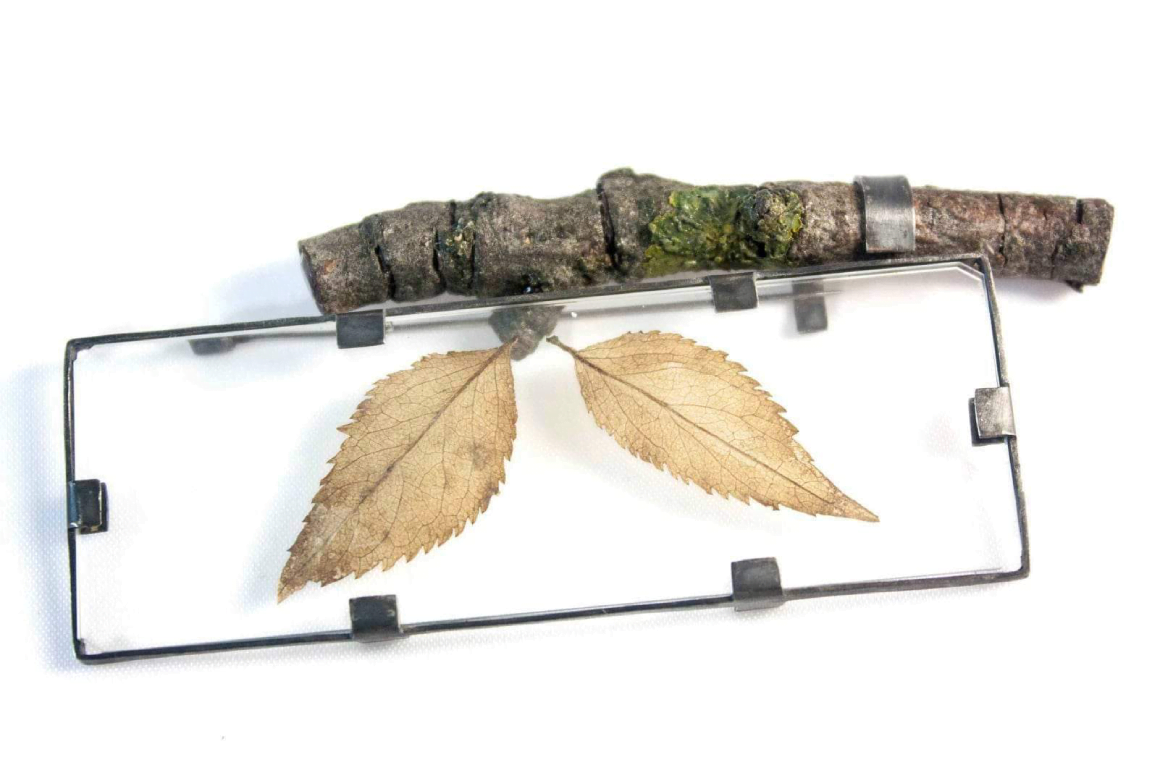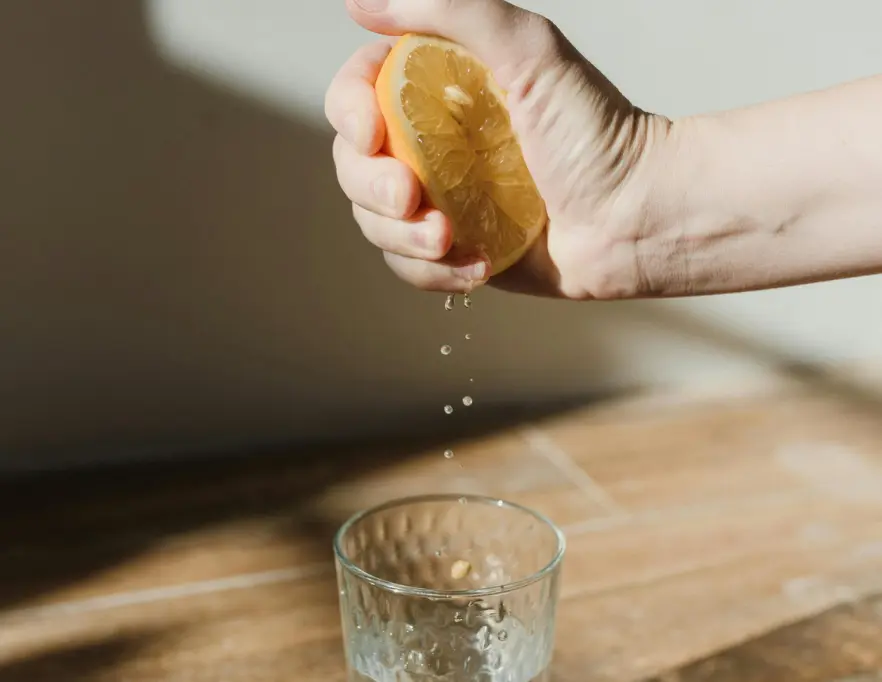Sustainable art seeks to minimise the negative impact that art-making has on the environment, and often incorporates eco-friendly materials, alternative energy sources, and upcycling techniques. Sustainable art also raises awareness of environmental issues and encourages people to think critically about their own impact on the planet. It can take many forms, including installations, sculptures, paintings, and performances. Overall, it aims to promote a more harmonious relationship between art, society, and the environment.

Ana Barbu is a talented Romanian artist who creates modern jewellery and other wearables using the most surprising materials. The winner of Autor – International Contemporary Jewelry Fair in 2016, Ana brings to life objects that would normally remain unnoticed, and reminds us that there is beauty in everything that surrounds us.
We were curious to find out more about her and her projects, so we addressed a couple of questions to her:
Pura Fons: Your creations combine art with the love for nature. Can you tell us a bit about the story and projects you have worked on so far?
Ana: I’ve always been and worked in this way…it’s hard to define what I’m doing – I have some interests that I follow almost obsessively, and I don’t feel like I have much of a choice in the matter. The things that interest me are nature, especially flowers, old or unused objects – even garbage! – primitive, folk and tribal art, fairy tales, myths, dreams, and Jungian psychology. I have some subjects that fascinate me, such as uselessness, transformation, the familiar, control, love…Right now, for example, I’m obsessed with “gates” opened in familiar spaces which lead you to unfamiliar places. These ideas give me a lot of energy to study and work with them – they give me a kind of freedom if you will, but they also limit and suffocate me – pretty much like being in love! I make jewellery and objects from old things and organic materials, and I have a garden where I try to accept any plant without discrimination, and would rather observe what happens than have fixed rules.


Pura Fons: What does sustainable art mean to you, and what factors do you consider when creating pieces of this kind?
Ana: I try to live in such a way that I feel somewhat at peace with myself. I don’t know how much we can really be content with our small conscious contribution when we know that the last ancient forests are being cut down or that the habitats of polar animals are almost completely destroyed, and who knows how many trillions of tons of ice are melting every year. Millions of people are already affected by floods, and typhoons, and droughts, or are simply forced to produce things.
I try to focus on what I can do, and selflessly admire the beauty of nature and share it with anyone who has eyes to see it.
I live fairly simply, in the countryside, and post pictures of my garden on the internet. I write about how rich life can be when you have life of all kinds around you, not just the people you think are right for you. I collect things that others would rather dispose of – rotten wood, wings, insect carcasses, plant skeletons, things that seem beautiful or have a certain meaning…earth from a place where I had a revelatory dream, water from the calm sea…and I make jewellery and ritual objects for a tribe that doesn’t exist – as I recently read in a book about a probable soulmate of mine.
Pura Fons: How do you think art can play a role in promoting sustainability and encouraging people to adopt more environmentally-friendly practices in their daily lives?
Ana: I don’t really know if art has an educational role and actively influences people’s behaviour or if it’s just a kind of reflection of what’s happening. I don’t know if all we can do is talk about the destruction of the environment or if we will actually do something about it – I probably won’t find the answer to this question in this lifetime.
Pura Fons: In your opinion, what are the biggest challenges currently facing the sustainable art movement?
Ana: Sustainable art is an enclave in a much larger territory dominated by material interests and has very few connections with other fields, such as sciences – and because of this, the possibilities it has to influence any change are quite limited.
Pura Fons: How do you think sustainable art will evolve in the future?
Ana: Perhaps in the future, more collaboration between sciences and humanities will lead to greater cohesion and a greater understanding that could be the basis for some real changes.


Pura Fons: Have you ever had a moment where you had to compromise between artistic expression and environmental responsibility in your work?
Ana: Climate issues are far too big to have a solution coming from individuals. We as a society have caused them and they can only be solved at an institutional level. This said, I have never felt I ever had to compromise.
Pura Fons: What materials do you use and how do you choose them?
Ana: The materials I use are useless things – remnants and scraps that I find. It’s very hard for me to leave a place without coming home with an object or a bag of objects, without seeds or plants. I choose them intuitively.

Pura Fons: Do you collaborate with communities and organisations based on the same principles?
Ana: I would like to collaborate and socialise more – currently I am quite isolated, apart from an online community of ecological gardening where I am active, but I would like to change that.
Pura Fons: Tell us about the projects you are currently working on and your future plans.
Ana: I have three new projects. I’m drawing based on archetypes from the tarot using imagery from prehistoric art, and I am also making amulets with such scenes.
I also want to open the garden for visits this year. I am now making plans for planting and I want to experiment with a more low-maintenance garden. After being extremely involved until now – I have been on a honeymoon with the garden until now – and now I want to give ourselves some space.
And the third is my gardening journal that I used to work on only once a year, but for the last half year, I have been writing monthly – and sometimes even more often – about my experience living in the countryside, with the seasons, and especially about my relationship with plants and the thoughts that can arise in such a space.
Ana’s work and her life-style are proof that beauty, fashion, and art can be done without having negative effects on nature and the environment. And just like in nature, each piece is truly unique and would make anyone who wears it feel special.





